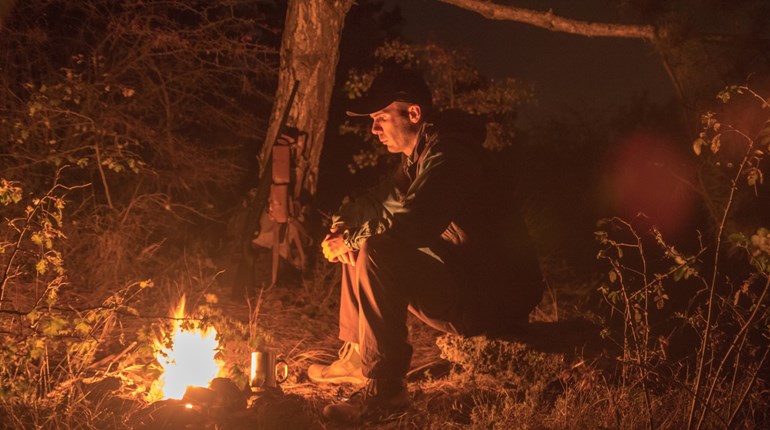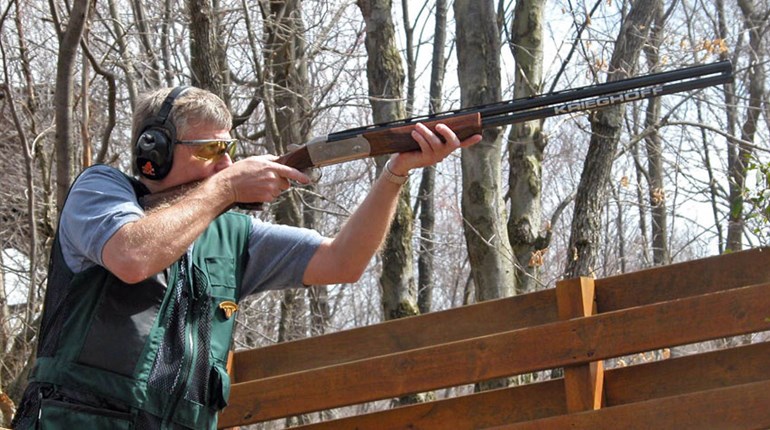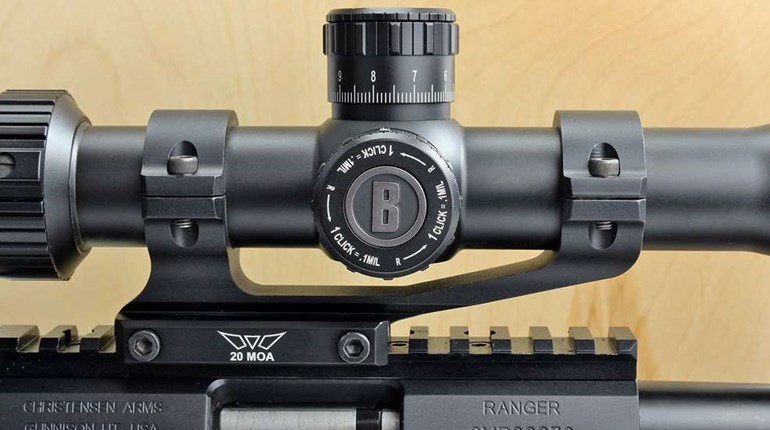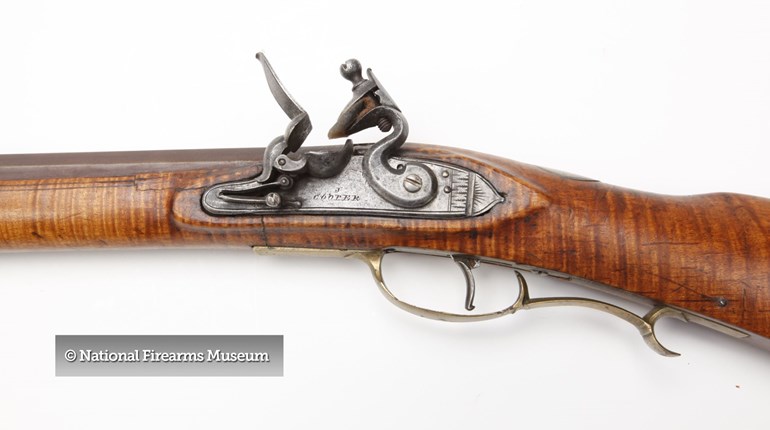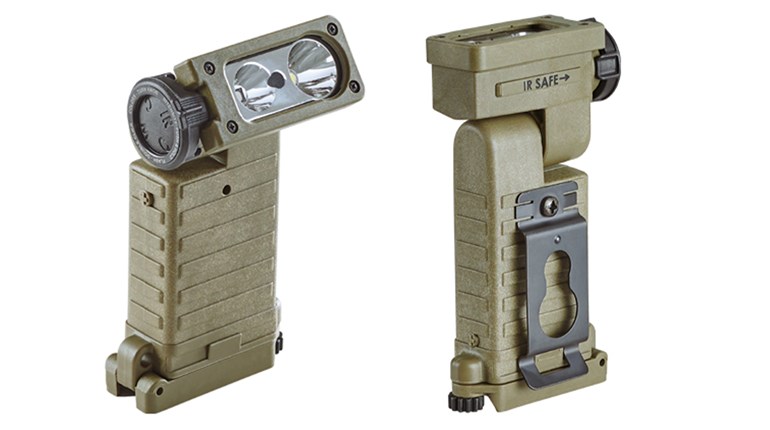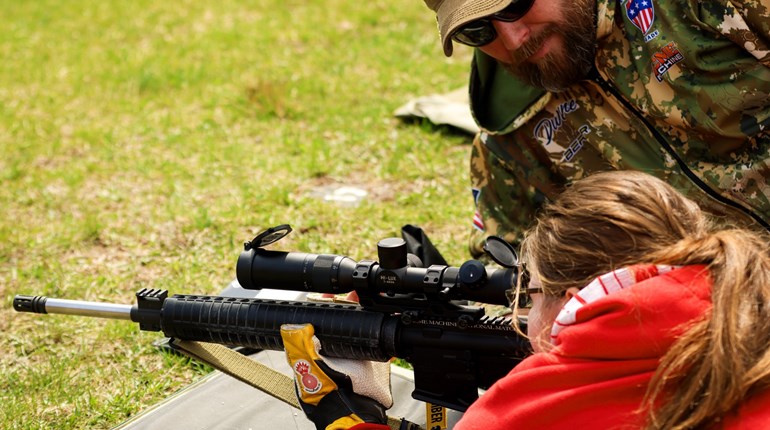
Just about every time I have hunted dangerous game as wild boar, bear or predators, the terrain was just like the game—wild and rough. Although accidents can happen anywhere, it is not as likely that one will sprain an ankle or break a leg when the terrain is even. As an example, since boar hunting is fast and at times furious, we tend to move with the flow or we may not get an opportunity for that shot. Yet, when we speed things up, that is when we are most susceptible to injury. Here’s how to handle two of the most common types.
ANKLE SPRAINS: This is very common among hunters. If we trip and fall when in motion and the ankle starts to hurt, the important question becomes: Is it a sprain or a break? And what first aid should be implemented?
Sprains by definition are the result of a ligament or tendon being stretched or torn as a joint is twisted. To help to understand what has happened, consider that a ligament is like a piece of leather that holds bones together at the joints. To see this in action, when skinning game, remove the hide around the joints and with that you will see how these control how far bones can be moved as per the tendons. Now if we suspect that the reason our ankle hurts is that a sprain is causing the pain, here’s how you can make a “field diagnosis”:
- There is pain and tenderness followed by rapid swelling of the area.
- Possible skin discoloration. What is responsible for the yellowing is that when blood vessels are torn under the skin, the oozing blood in that area causes the skin around the injury to change color. This oozing of the fluid is also what contributes to the swelling.
Emergency First Aid: After such an injury, the very first thing to do is to think of the word P-R-I-C-E. The reason to associate this term with sprains and fractures is that each letter is the first of a key word of what you should do to protect the injury.
"P" is for PROTECTION. To shelter the injured area from further damage, consider using a splint or an ACE bandage to immobilize the ankle. If you apply it too tightly, you are now squeezing the vessels which will hinder or shut off the circulation as would a tourniquet. Also, do not cover the toes completely with a bandage since if it is too tight and you cannot see the toes changing color, you’ll missed a sign that indicates a lack of circulation which is dangerous. Now with the bandage applied, constantly monitor the area to make sure circulation has not been hampered. You also need to be aware that even after a cast or bandage is applied properly, with time and if there is additional swelling, what was properly applied could now be too tight…and if it is, that bandage must be removed and adjusted NOW by professionals.
"R" is for REST. What this refers to is just what it indicates; sit down, keep your weight off the damaged area and rest until help arrives. Do not create additional damage through movement!
"I" is for ICE. This should be applied to the injury for the first 24 to 48 hours. Always be aware that to any injury you NEVER initially apply heat. The reason is that cold causes blood vessels in the injured area to constrict and with that, less fluid oozes out of the damaged vessels. On the other hand, heat causes the vessels to dilate, which increases the amount of fluid that seeps into the tissue from those injured vessels. That seeping fluid increases the swelling, which contributes to pressure under the skin and therefore pain in that area.
First-aid tip: Obviously we do not carry ice around so if there is a safe spring or stream near by with cold water, soak it there (as long as you don’t have an open wound) until the injury is stabilized and you have help to move.
"C" is for CHANCE. With any injury there is always a chance that what you believed to be a sprain is in reality a fracture. To play it safe, approach the situation as though it is a fracture. If you are not sure, get to your doctor since to be certain; an X-ray will likely be taken.
"E" is for ELEVATION. This is done to reduce the swelling by taking some pressure off of the injured area—and why a sling is also good to have. Always remember that if vessels are ruptured, the pressure from fluid within is responsible for seepage which adds to the swelling. To lessen this, elevating the injured area is helpful!
FRACTURES: To take what you assume to be an ankle sprain to the next level of severe injuries, do not overlook the possibility of it being a fracture. If the bone is displaced or not, keeping motion to a minimum should be the first concern.
General Types of Fractures: There are two types of fractures of which the first and most serious is referred to as a “compound” or “open” fracture. This is dangerous since a piece of bone sticks through the skin. Due to this break in the skin, infection now becomes a concern, even with good medical care.
Next, we have what is referred to as a “simple” or “closed” fracture. In these, the broken bone is kept within the skin and due to this, outside contaminants that can contribute to infection aren’t a worry. When we trip and fall forward, it is common to extend our arms to brace for the fall. What happens when we unconsciously stick out our arms to try and stop the fall, is the bent wrist takes all of the force—and with that, there is a good chance bones are broken.
If you come across someone with a fracture, correct management is critical. If a bone is fractured and not stabilized, any wrong movement can contribute to additional damage to the vessels and nerves in that area. As an example of a fractured bone, simply break a pencil and look at the rough cutting edges!
Preventive tip: For those who know that they have weak ankles or have had previous injuries, a podiatrist told me that there are braces you can use when walking in rough terrain which could be helpful. What can also help are taping the ankles to prevent flexion or severe bending inward or outward, as done by athletic trainers. This is also why a good hunting boot can be one of the most important pieces of equipment the hunter can have.
If you experience a bad sprain or ankle fracture, and you have no medical supplies, then improvise. Make a crutch from a tree limb (this is why a small camp axe is so important). This will help you to keep the weight off the ankle when moving. Next, if you have high boots with laces, snug them up so the boot will offer some support. Then call for help!













